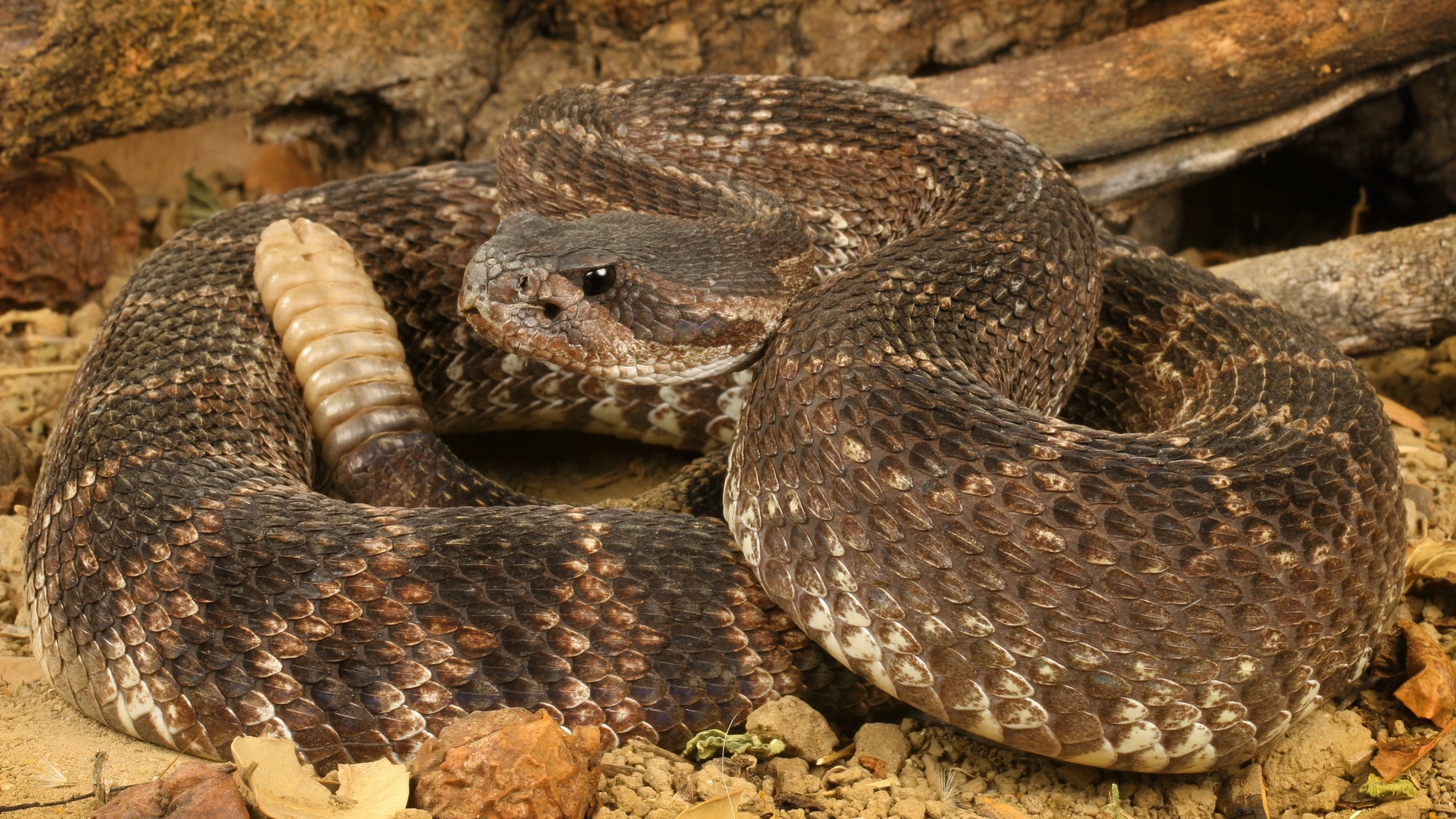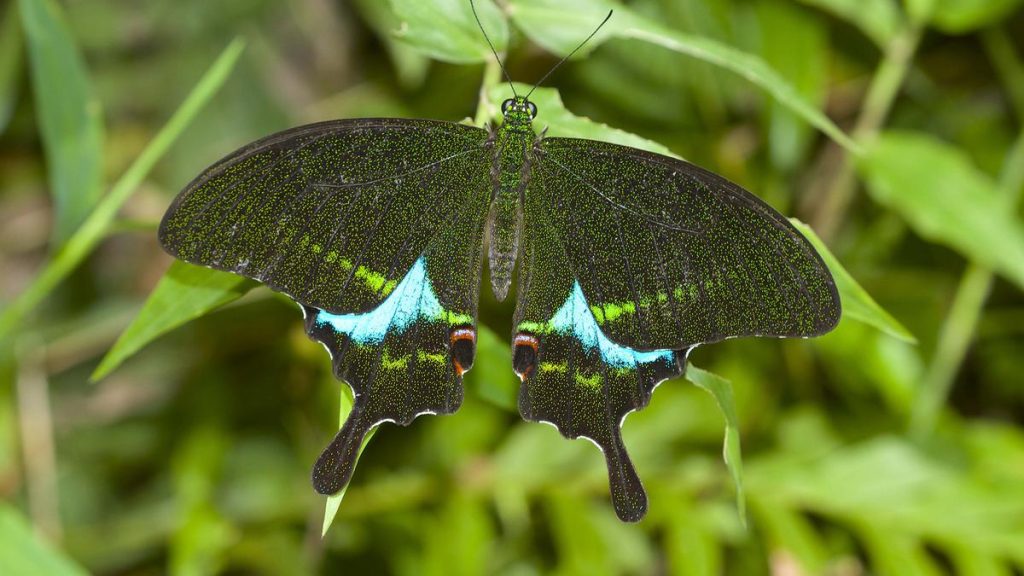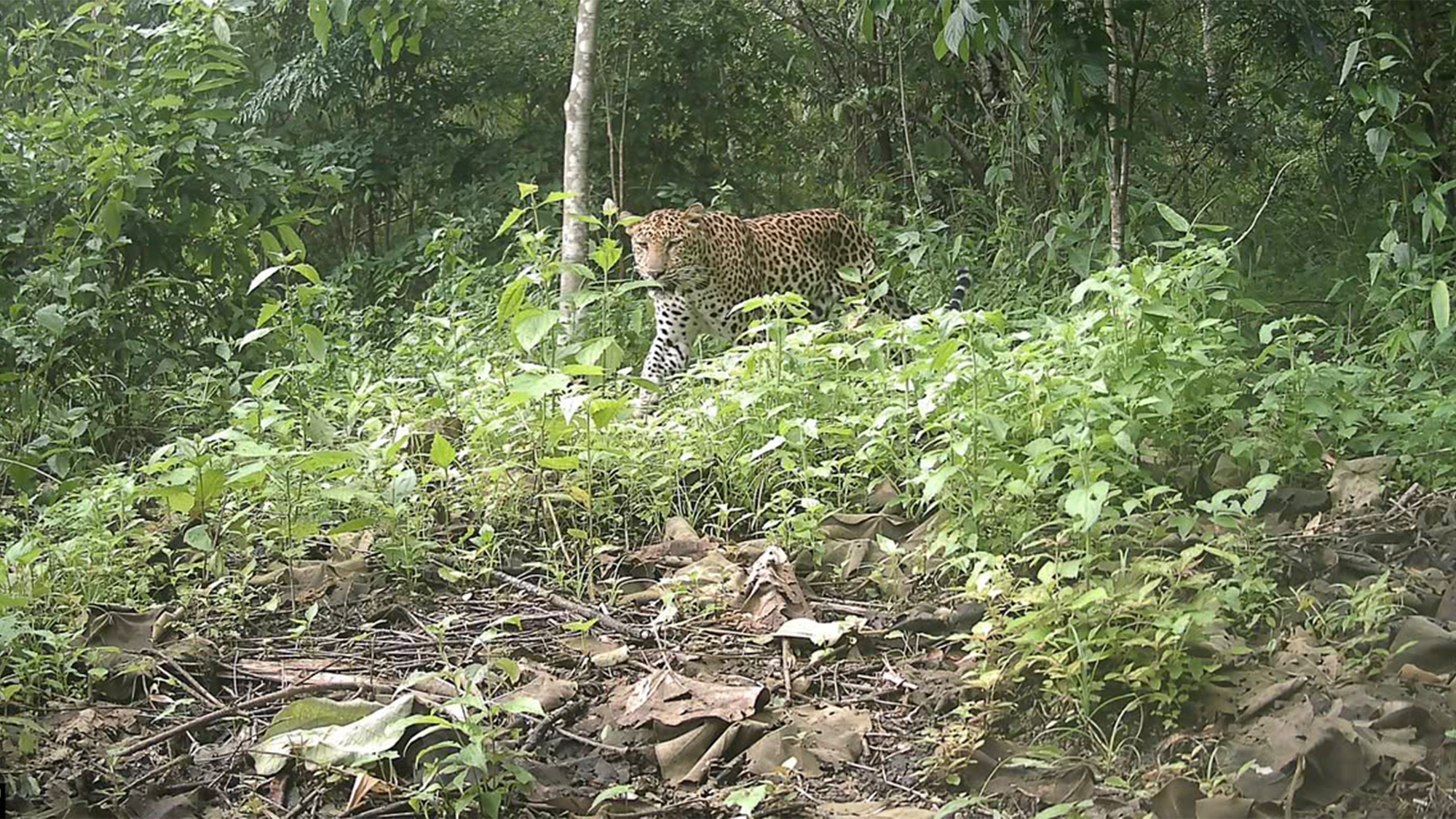Now Reading: Spring Rains Likely to Increase Rattlesnake Encounters
-
01
Spring Rains Likely to Increase Rattlesnake Encounters
Spring Rains Likely to Increase Rattlesnake Encounters

Quick Summary
- Rising summer temperatures in the US have increased rattlesnake activity, particularly following a wet spring in Colorado adn other western regions.
- Wet springs frequently enough lead to higher prey populations (mice, rats, rabbits, etc.), which then attract more snakes and heighten the risk of human encounters.
- Colorado University professor Kennon Heard mentions Denver averages 20 to 30 snake bites annually in its metro area alone.
- Rattlesnakes typically avoid humans but will bite if threatened; venom can cause hemotoxic effects leading to severe tissue damage or even necrosis if untreated.
- Misconceptions about first aid for snake bites can worsen outcomes-experts discourage methods like cutting wounds or sucking out venom. Immediate medical attention is stressed as vital.
- Half of reported cases result from individuals attempting to handle the snakes directly; emergency response via cellphone is recommended as key first aid.
Indian Opinion Analysis
The reported rise in rattlesnake activities due to climatic shifts highlights broader ecological and human safety concerns that resonate globally. For India, where various venomous reptiles such as cobras are also common, this underscores the importance of understanding environmental dynamics tied to animal behavior. India’s increasing urbanization near wildlife habitats adds similar challenges concerning accidental interactions with snake populations.
Emergency preparedness protocols and public awareness campaigns on effective first aid could be critical lessons drawn from this article’s emphasis on avoiding harmful misconceptions during treatment. If rainfall correlates with population spikes among prey animals-and thus predators-India’s regional patterns of monsoon rains could serve as predictive indicators for potential increases in reptile activity locally.




























